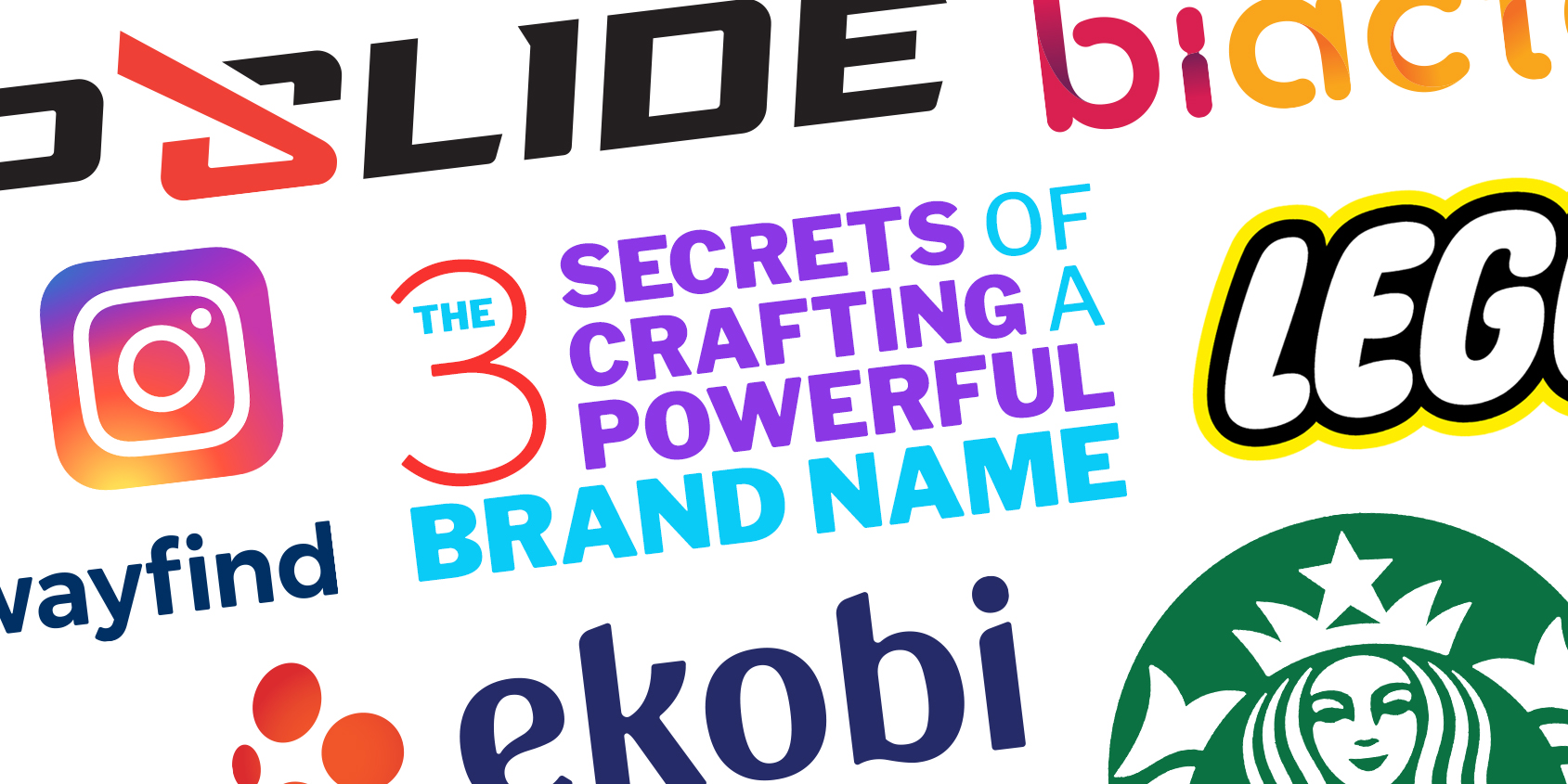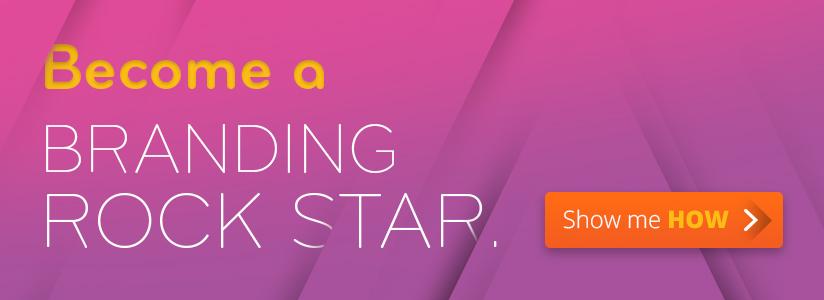
If you think of the most powerful brand names today, which ones come to mind? Google? Starbucks? LEGO? Or maybe Amazon. All have cemented their place among the world’s top brands.
But how did they come to occupy such an important part of our collective consciousness? And more importantly, how can you replicate some of that power in your own brand name development project?
Each of these successes is part of a larger brand story, but the name origins are always fascinating – and the journey of their creation can be enlightening.
For example, Google was derived from the word “googol”, which is the numeral 1 followed by a thousand zeros – symbolizing to its founders the challenge of indexing the vastness of information on the Internet.
Starbucks was named after the first mate in the novel “Moby-Dick”, but the world’s most successful coffeehouse chain was very nearly called “Cargo House.”
LEGO comes from the Danish leg godt, meaning “play well.” The punchy, easy to say brand name has been in use since 1935, and in 2015 was ranked the World's Most Powerful Brand by global consultancy Brand Finance. Well played, LEGO.
And Jeff Bezos named Amazon after one of the world’s longest rivers to represent the breadth of his online bookstore’s inventory – he favoured an “A” word because website listings of the time were usually alphabetical. “Amazon” was his second choice after “Abracadabra” which got shortened to “Cadabra” and fizzled when his lawyer mis-heard it “Cadaver”.
#1: To Evangelize it, They First Must Say it.
So needless to say, the way a name sounds when spoken is a very important consideration.
Ease of pronunciation matters, not just in the brand’s home market, but everywhere that different tongues will need to wrap around its name. That’s not to say a lot of world brands have had an easy road to universal adoption. Many are still working on it decades in, because expansion was never part of their naming plan.
Take IKEA, which most of us ponounce incorrectly. (It's actually Ee-Kay-Uh). And many people pronounce Volkswagen either Volks-Wagon or Volts-Wagon, but it should be said Folks Vah-Gen.
Sico Paints once ran a TV ad campaign that made light of how people commonly mispronounced its brand name "sicko” or “psycho”. (It’s See-Koh”.)
And German pharmaceutical company Boehringer Ingelheim even created a video to throw us a bone:
All these global brands have struggled with pronunciation challenges that may never be resolved. If you can begin with a brand name that’s easy for most people to pronounce, you are at an early advantage.
When our branding team set out to create the brand name for Wayfind, an organization that houses people with brain injuries and developmental challenges, we needed a word pretty much anyone could understand and pronounce. The winning name helps people (even those who struggle to understand on multiple levels) envision they’ll be guided in reaching solutions to complicated problems.
#2: It Must Mean Good Things to All People.
When you’re naming a product or a company that will be marketed internationally, you also need to consider what the name means in different prospective markets. Ford famously neglected to do so when marketing the Pinto in Brazil. Sales were very slow despite the car’s fuel efficiency and practical compact size, which puzzled the carmaker. It turned out to be because in Brazilian Portuguese “pinto” means “puny male genitals.”
Similarly, Mercedes-Benz entered the Chinese market under the brand name “Bensi,” which sounds similar enough to “Benz” but in Mandarin means “hurry to die.”
Even if your market is geographically limited, remember that today a vast array of cultures and ethnicities inhabit every town and city. Make it easy for all people to identify with and love your brand.
When Graphos branded Biacta, a probiotic ingredient for meats, we were seeking a name that could be pronounced by natives to many languages, and still reflect the product’s dual benefits of shelf preservation and active heat-resistant probiotics.
#3: If You Can’t Use it, Lose it.
I remember when trademark conflicts were the chief concern in trying to cement a brand name idea. Today, the ability to register a trademark remains critical, and it has become easy to search trademark databases in Canada, the United States, the European Union and elsewhere. And although usage requirements in Canada have been scaled back, you are generally required to use a registered trademark in order to establish and maintain exclusive rights.
Often the bigger challenge (and one of the top criteria in naming) is in securing a good web domain. Dot-com remains the gold standard in terms of conveying authenticity and is the most desirable top-level domain (or TLD), but great .coms are very hard to come by. Even in 1997, Googol.com was taken, so it was a domain availability compromise, paired with a fortituous misspelling by the person who conducted the search that led to the search engine’s eventual name, according to co-founder Larry Page.
Despite the insane variety of top-level domains marketed in recent years (everything from .tattoo to .organic), entrepreneurs, marketers and consumers continue to think most highly of .com.
Like a good brand name, your domain should be short, easy to spell and foolproof to pronounce. For multi-word brand names, it is important to consider how the parts will splice together – something specialty pen vendors Pen Island (penisland.com) and the tech network Experts Exchange (expertsexchange.com) both overlooked. It’s best to avoid domain names with a hyphen (although this was the solution of choice for Experts Exchange), especially if word of mouth is an important part of your marketing.
Another important consideration is social media handles. You want to confirm early on that a brand-consistent URL is available across all the channels you will use, and lock them down – even if you don’t plan to use them immediately. Social media pages can be created by anyone for free, and you don’t want an offensive profile to pop up at facebook.com/yournewbrand.
Most importantly of all, your brand name must be a perfect fit. It has to represent your corporate style and culture, and mesh with all other components of the brand. When my product marketing agency team and I work on brand name development projects, we often run up a preliminary list of 150 to 200 options and rank them in a multi-step process before presenting our narrowed list to the client.
Would “Cargo House” and “Cadabra” have enjoyed equally huge successes under those brand names – and would we be just as eager to “googol” our every pondering? It sure is hard to imagine.
And only you will know your winning brand name when you hear it spoken for the very first time – if you’re tuned in closely to your vision and your audience.
Feeling ready to tackle a brand name development project? Click on the button below to book a free one-on-one Pro Branding Boot Camp with the Graphos branding team.
Laurier Mandin is president of Graphos, the Edmonton web design company, branding consultancy and digital marketing agency he founded in 1993.
